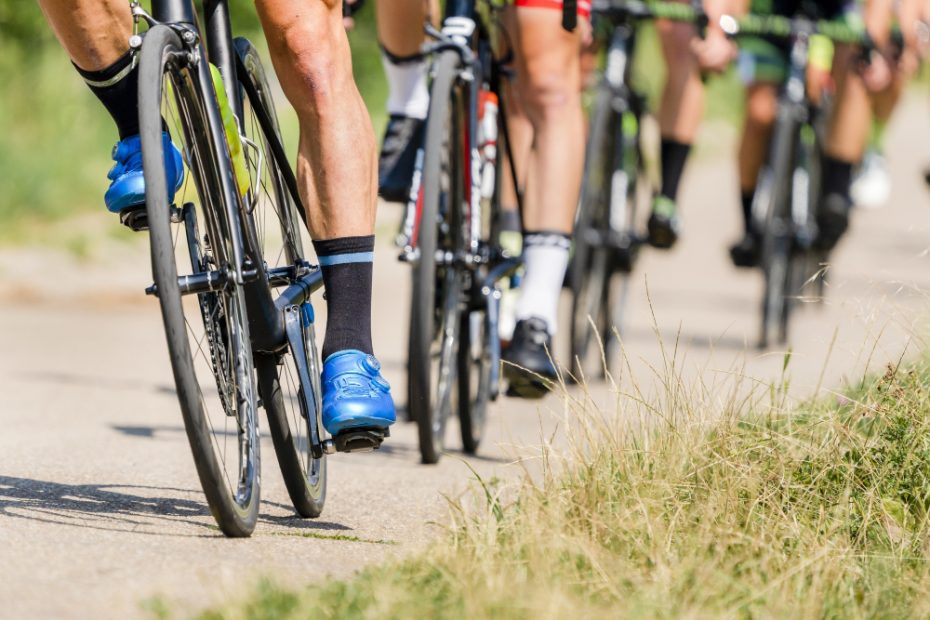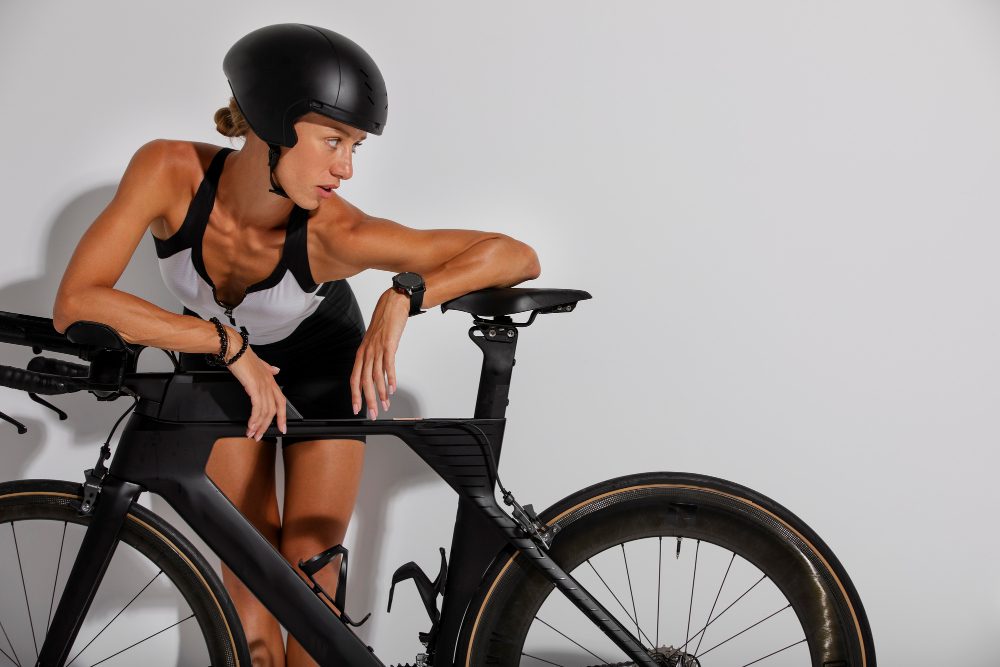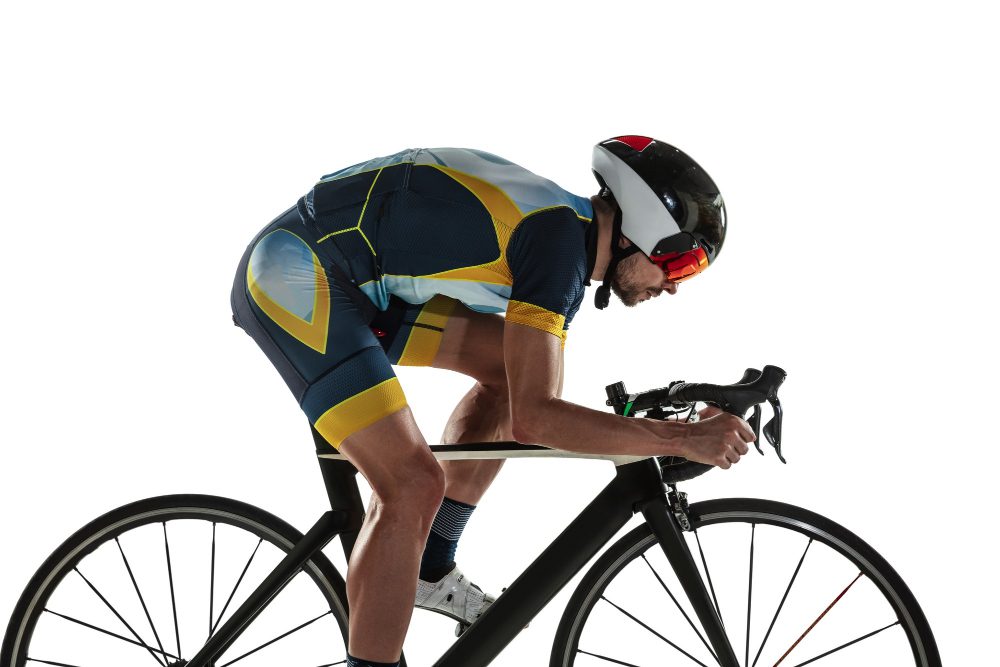Can you do an Ironman on a road bike?
Introduction
The Ironman triathlon is one of the most challenging endurance events in the world, consisting of a 2.4-mile (3.86 km) swim, followed by a 112-mile (180.25 km) bike ride, and finishing with a full marathon, a 26.2-mile (42.20 km) run. Completing an Ironman is a remarkable feat of physical and mental strength, and it requires careful preparation and training.
One question that often arises among aspiring Ironman participants is whether it is possible to complete the bike leg of the race using a road bike instead of a dedicated triathlon bike. Triathlon bikes are specifically designed for aerodynamics and efficiency, with features such as aerobars and a more aggressive riding position. On the other hand, road bikes are versatile and generally more commonly owned by cyclists.
So, can you do an Ironman on a road bike? The short answer is yes, you can certainly complete an Ironman on a road bike. Many athletes have successfully finished the race using this type of bike. However, it’s important to understand the differences between a road bike and a triathlon bike and how they can impact your performance and comfort during the event.
Road bikes vs. Triathlon bikes
Triathlon bikes are built with specific features that enhance aerodynamics and optimize speed over long distances. These bikes typically have a more aggressive geometry, which means they position the rider in a more forward-leaning, aerodynamic posture. They also come equipped with aerobars, which enable the rider to rest their forearms on the handlebars, reducing wind resistance.
In contrast, road bikes have a more relaxed geometry, placing the rider in a more upright position. They often lack the specialized aerodynamic features found on triathlon bikes but excel in agility, comfort, and versatility. Road bikes are designed for a variety of riding conditions, including climbing, descending, and maneuvering in traffic.
Pros and cons of using a road bike
Pros:
- Cost: Road bikes tend to be more affordable compared to triathlon bikes, which can be quite expensive.
- Versatility: With a road bike, you can use it for daily commuting, group rides, and other cycling activities beyond the Ironman event.
- Comfort: The more relaxed geometry of a road bike can be advantageous during a long-distance race, as it allows for a more comfortable position.
Cons:
- Aerodynamics: Triathlon bikes offer significant advantages in terms of aerodynamics, which can result in faster overall times.
- Efficiency: Triathlon bikes are designed to maximize power transfer from the cyclist to the wheels, potentially allowing for higher speeds with less effort.
- Time trial stages: If the Ironman course includes time trial stages, having a triathlon bike could give you a competitive advantage.
“Comfort and familiarity with your bike are crucial when it comes to completing an Ironman. If you feel more confident and comfortable on a road bike, it may be the better choice for you.”
Considerations for using a road bike
If you decide to take on the challenge of completing an Ironman on a road bike, there are several factors to consider to optimize your performance:
Get a professional bike fit:
A proper bike fit is essential regardless of the type of bike you choose. A professional bike fit will ensure that your road bike is adjusted to fit your body dimensions, maximizing comfort and reducing the risk of injury.
Train for long-distance cycling:
Focus on building your endurance and stamina by incorporating long rides into your training plan. Gradually increase the distance and intensity to simulate the demands of the Ironman bike leg.
Aerodynamic upgrades:
While a road bike may not have all the aerodynamic features of a triathlon bike, there are still upgrades you can make to improve its aerodynamic performance. Consider adding clip-on aerobars or investing in aero wheels to reduce wind resistance.
Can I do an Ironman on a hybrid bike?
While it is possible to complete an Ironman on a hybrid bike, it is not the most ideal choice. A hybrid bike is designed for casual riding and commuting, rather than the specific demands of triathlon racing.
Hybrid bikes typically have a heavier frame, wider tires, and a more upright riding position compared to road bikes. These features can make it harder to achieve the speed and efficiency required for an Ironman race, which includes a 2.4-mile swim, a 112-mile bike ride, and a full marathon run.
Road bikes, on the other hand, are specifically designed for speed and efficiency on paved roads. They have lightweight frames, narrower tires, and aerodynamic features that allow for better performance over long distances. Road bikes provide a more aggressive riding position, enabling riders to generate more power and maintain higher speeds.
H3: The Importance of a Road Bike for Ironman
Participating in an Ironman requires endurance, efficiency, and speed. A road bike offers several advantages that can greatly benefit athletes during the race:
“Road bikes are purpose-built for races like Ironman, providing the best performance and efficiency for long-distance triathlons.”
If you are serious about competing in an Ironman race, it is highly recommended to invest in a road bike. However, if you currently only have a hybrid bike, it is still possible to participate and complete the race. Just be aware that you may face additional challenges due to the bike’s limitations. H3: Training for an Ironman on a Hybrid Bike
If you choose to train for an Ironman on a hybrid bike, here are a few tips: Remember, while a hybrid bike may not give you a competitive edge, completing an Ironman is an incredible accomplishment regardless of the bike you ride. When it comes to participating in a half Ironman, one question that often arises is whether or not a time trial (TT) bike is necessary. While a TT bike can provide certain advantages, it is not a requirement for completing a half Ironman. A TT bike is designed specifically for aerodynamics, which can offer several benefits during the bike leg of a half Ironman. The more aggressive positioning and integrated aerodynamic features of a TT bike can result in improved speed and efficiency, especially during flat and fast sections of the course. In addition, the aerodynamic profile of a TT bike can help reduce wind resistance, allowing you to maintain a higher average speed over long distances. This can be particularly advantageous on a flat or rolling course where maintaining a consistent speed is crucial. While a TT bike can be beneficial, many athletes successfully complete half Ironman races using a road bike. Road bikes offer their own advantages such as comfort, handling, and versatility. The more relaxed position and geometry of a road bike can be advantageous during longer rides, as it allows for a more comfortable and sustainable posture. Furthermore, road bikes are typically lighter and more maneuverable than TT bikes, making them well-suited for hilly or technical courses. If the half Ironman course includes significant climbs or tight turns, a road bike may be a better choice to navigate these sections with ease. When deciding whether to use a TT bike or a road bike for a half Ironman, there are a few factors to consider: “The choice between a TT bike and a road bike ultimately depends on individual preferences, comfort, and the specific demands of the course.” In conclusion, while a TT bike can provide advantages in terms of aerodynamics and speed, it is not mandatory for completing a half Ironman. Ultimately, the decision should be based on your personal comfort, experience, and the characteristics of the race course. Remember, the most important factor is enjoying the journey and giving your best effort, regardless of the bike you choose. Aero bars, also known as tri-bars or time trial bars, are a popular accessory for triathletes competing in Ironman races. These handlebar extensions allow riders to maintain a more aerodynamic position, minimizing wind resistance and increasing speed. But what if you don’t have a road bike equipped with aero bars? Can you still complete an Ironman without them? Let’s find out. When it comes to triathlon racing, aerodynamics play a crucial role in performance. By reducing drag, riders can conserve energy and maintain higher speeds over long distances. Aero bars are specifically designed to optimize aerodynamics, allowing athletes to achieve a more streamlined position on the bike. However, it is important to note that using aero bars is not mandatory for completing an Ironman. Many triathletes successfully finish the race using regular road bikes without any aero extensions. If you choose to race without aero bars, there are several strategies you can employ to enhance your bike’s aerodynamics: Remember, while aero bars can provide a significant advantage, they are not a guarantee of success. Your training, fitness level, and overall race strategy will ultimately have a more significant impact on your Ironman performance. “The absence of aero bars shouldn’t discourage you from participating in an Ironman. With proper preparation and training, you can still achieve great results.” – Triathlon Coach John Smith While aero bars are commonly used by triathletes to improve aerodynamics during an Ironman race, they are not essential for completing the event. By focusing on your riding position, investing in triathlon-specific gear, and maximizing overall cycling efficiency, you can still perform well without aero bars. Remember, success in an Ironman ultimately comes down to your preparation, dedication, and mental toughness.
Do I need a TT bike for half Ironman?
Advantages of a TT bike
Riding a road bike for a half Ironman
Considerations before choosing a bike
Can you do an Ironman without Aero bars?
The Importance of Aerodynamics
Adapting Your Road Bike
Conclusion



